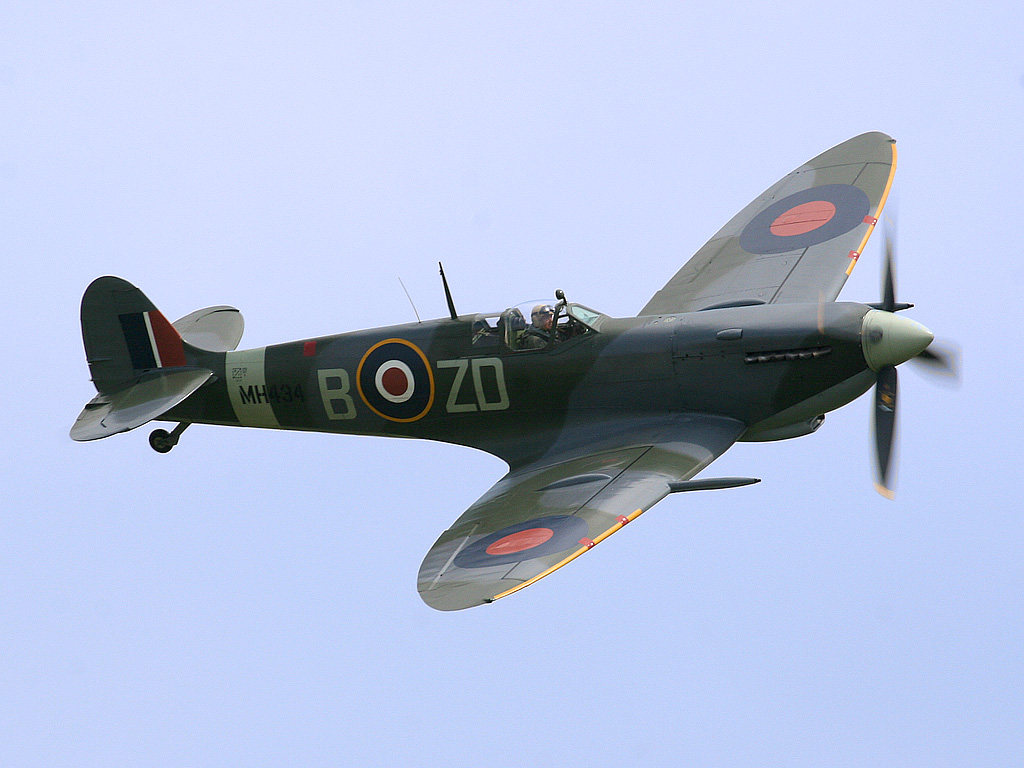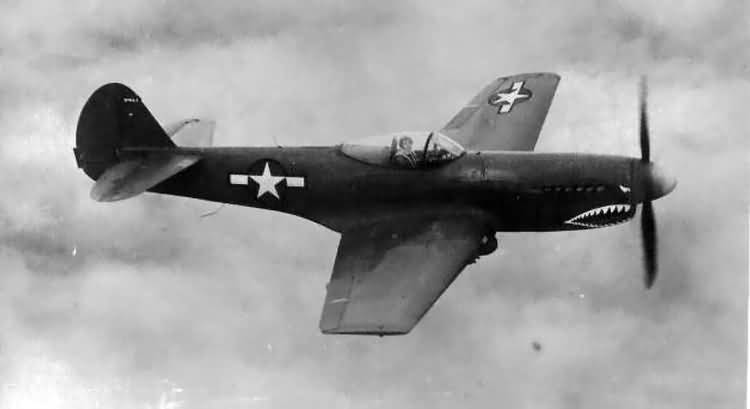Yes it did, but isn't a reason to not get something better. The P-40 using the right tactics could deal with the Zero, or Oscar with Zoom & Boom tactics, because it had a higher dive speed, but you couldn't always do that. If you didn't start with an altitude advantage, or were fighting a low altitude you could be in trouble. The IJN was stuck with the Zero, because they couldn't spare the time, and disruption in production to transition to something better, but the IJAAF did. The Tony, Frank, and Tojo were much more formidable opponents then the Oscar.
USAAF pilots in the Pacific were very happy to transition to P-38's. The greater speed, rate of climb, range, fire power, and better high altitude performance, along with the safety of two engines were greatly appreciated. The P-38 was also more versatile, being a better fighter/bomber, recon plane, and radar equipped night fighter. Later in the war when the P-47 & P-51 became available the improvements were even more marked. No one wanted to go back to the P-40, when such superior fighters were available.



